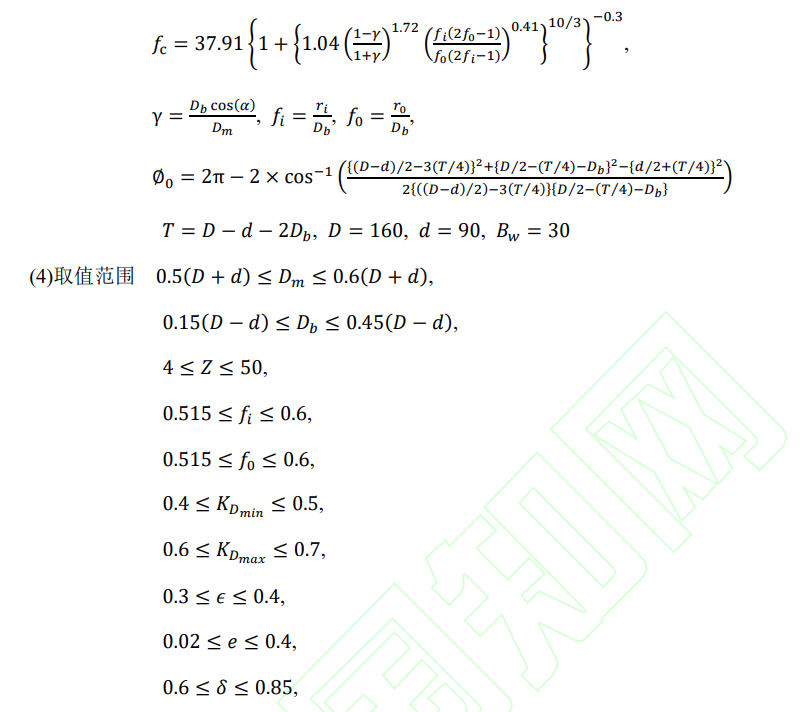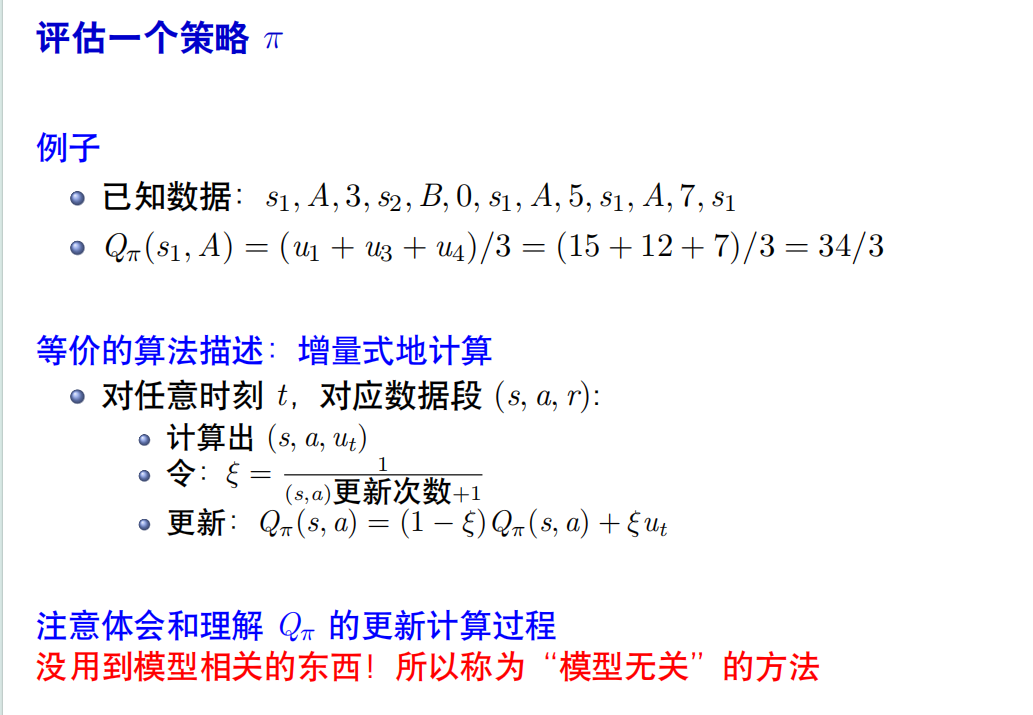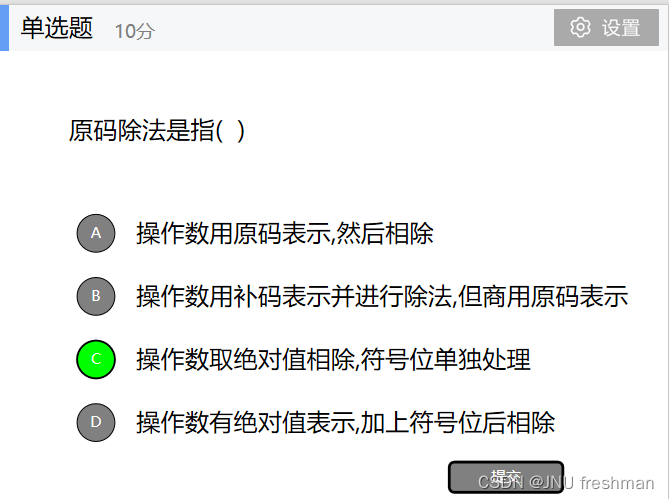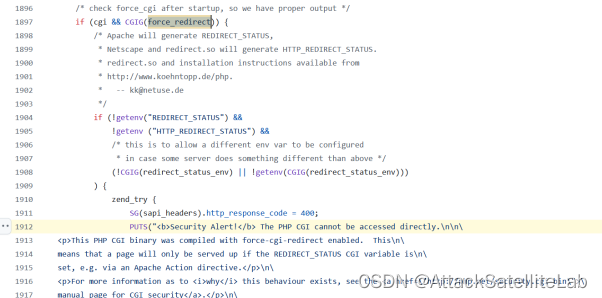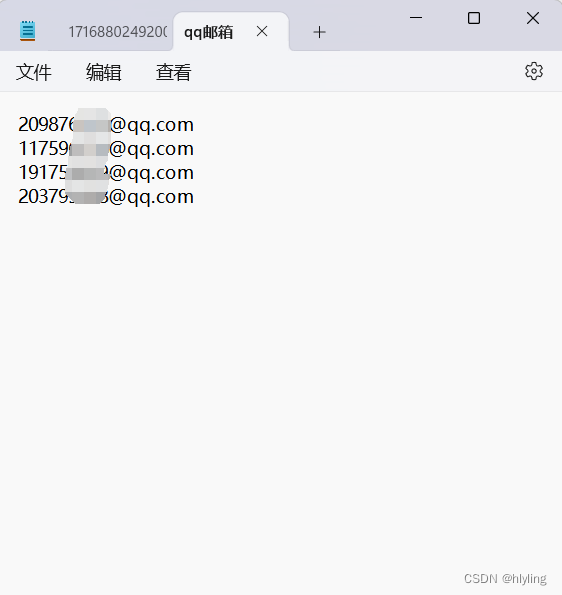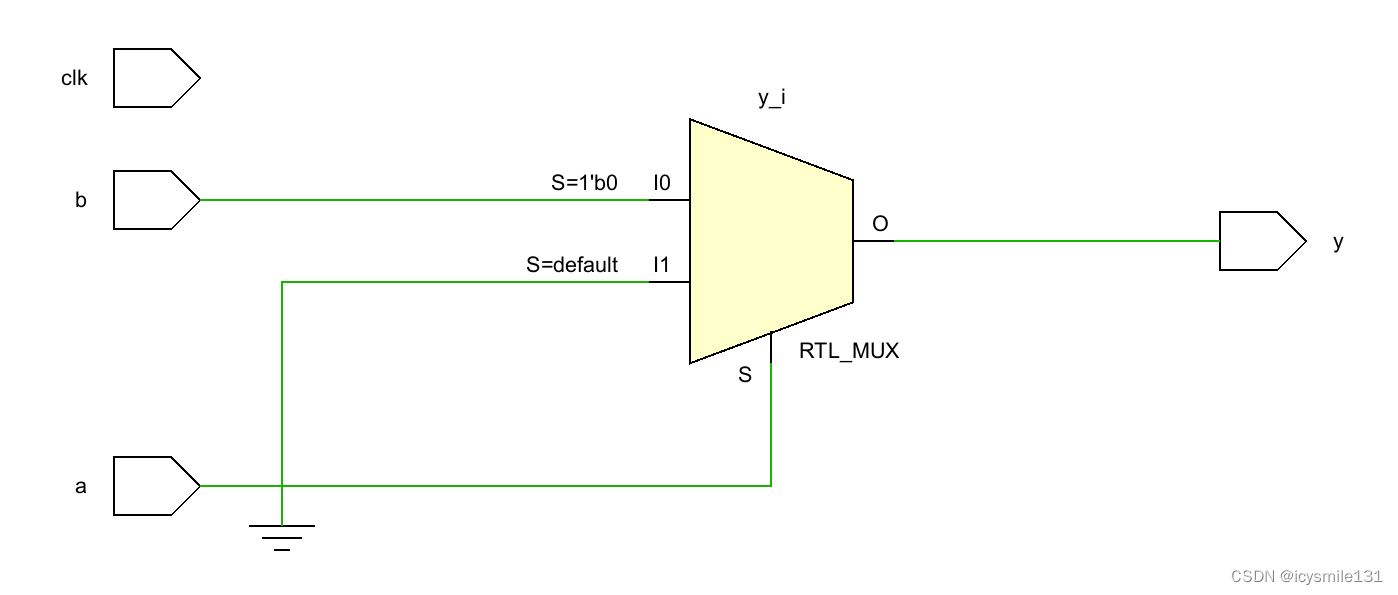Spring5中IOC创建对象的方式(有参与无参)附三类无参创建代码供参考
1. IOC容器
IOC是Spring框架的核心内容,Spring容器使用多种方式完美的实现了IOC,可以使用XML配置,也可以使用注解,新版本的Spring也可以零配置实现IOC。
Spring容器在初始化时先读取配置文件,根据配置文件或元数据创建与组织对象存入容器中,程序使用时再从IOC容器中取出需要的对象。
2. IOC容器创建对象过程
(1) 先通过createBeanFactory创建出一个bean工厂(利用顶级接口BeanFactory下的DefaultListableBeanFactory接口)。
(2) 循环创建对象,由于容器中bean默认都是单例,则优先通过getBean,doGetBean从容器中查找。
(3) 如果找不到则通过createBean,doCreateBean方法,以反射形式创建对象。一般情况下使用的是无参构造方法(getDeclaredConstructor,newInscance)。
(4) 进行对象的属性填充(populateBean)。
(5) 进行其它初始化操作(initializingBean)。
3. 无参构造
pojo下的User实体类创建
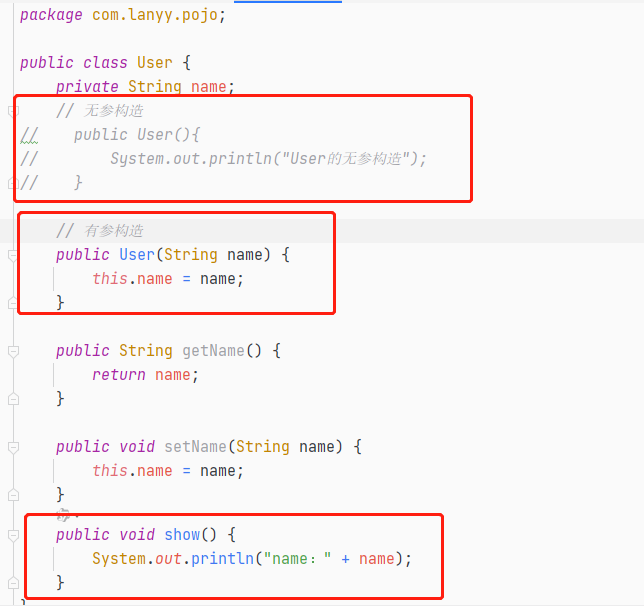
package com.lanyy.pojo;
public class User {
private String name;
// 无参构造
// public User(){
// System.out.println("User的无参构造");
// }
// 有参构造
public User(String name) {
this.name = name;
}
public String getName() {
return name;
}
public void setName(String name) {
this.name = name;
}
public void show() {
System.out.println("name:" + name);
}
}
beans.xml配置文件参考
Spring的配置文件beans.xml中有一个属性lazy-init=“default/true/false”
(1)如果lazy-init为"default/false"在启动spring容器时创建对象
(2)如果lazy-init为"true",在context.getBean时才要创建对象
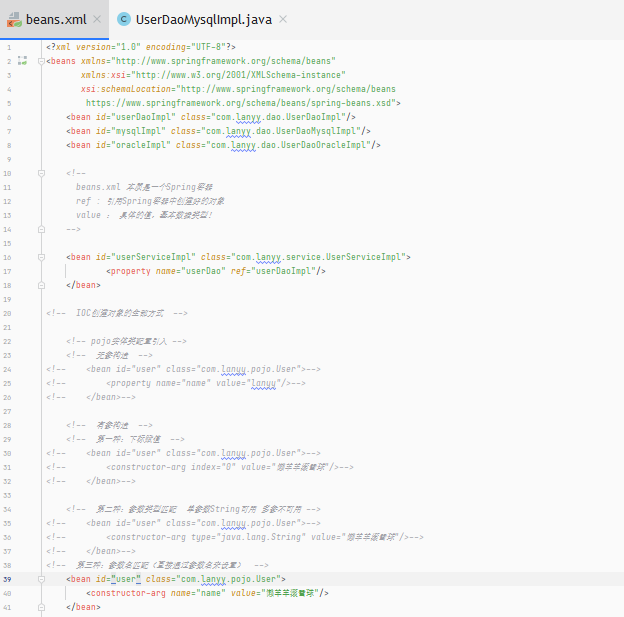
<?xml version="1.0" encoding="UTF-8"?>
<beans xmlns="http://www.springframework.org/schema/beans"
xmlns:xsi="http://www.w3.org/2001/XMLSchema-instance"
xsi:schemaLocation="http://www.springframework.org/schema/beans
https://www.springframework.org/schema/beans/spring-beans.xsd">
<bean id="userDaoImpl" class="com.lanyy.dao.UserDaoImpl"/>
<bean id="mysqlImpl" class="com.lanyy.dao.UserDaoMysqlImpl"/>
<bean id="oracleImpl" class="com.lanyy.dao.UserDaoOracleImpl"/>
<!--
beans.xml 本质是一个Spring容器
ref : 引用Spring容器中创建好的对象
value : 具体的值,基本数据类型!
-->
<bean id="userServiceImpl" class="com.lanyy.service.UserServiceImpl">
<property name="userDao" ref="userDaoImpl"/>
</bean>
<!-- pojo实体类配置引入 -->
<!-- 无参构造 -->
<bean id="user" class="com.lanyy.pojo.User">
<property name="name" value="lanyy"/>
</bean>
</beans>
4. 有参构造
<?xml version="1.0" encoding="UTF-8"?>
<beans xmlns="http://www.springframework.org/schema/beans"
xmlns:xsi="http://www.w3.org/2001/XMLSchema-instance"
xsi:schemaLocation="http://www.springframework.org/schema/beans
https://www.springframework.org/schema/beans/spring-beans.xsd">
<bean id="userDaoImpl" class="com.lanyy.dao.UserDaoImpl"/>
<bean id="mysqlImpl" class="com.lanyy.dao.UserDaoMysqlImpl"/>
<bean id="oracleImpl" class="com.lanyy.dao.UserDaoOracleImpl"/>
<!--
beans.xml 本质是一个Spring容器
ref : 引用Spring容器中创建好的对象
value : 具体的值,基本数据类型!
-->
<bean id="userServiceImpl" class="com.lanyy.service.UserServiceImpl">
<property name="userDao" ref="userDaoImpl"/>
</bean>
<!-- IOC有参构造创建对象的三种方式 -->
<!-- 有参构造 -->
<!-- 第一种:下标赋值 -->
<!-- <bean id="user" class="com.lanyy.pojo.User">-->
<!-- <constructor-arg index="0" value="懒羊羊滚雪球"/>-->
<!-- </bean>-->
<!-- 第二种:参数类型匹配 单参数String可用 多参不可用 -->
<!-- <bean id="user" class="com.lanyy.pojo.User">-->
<!-- <constructor-arg type="java.lang.String" value="懒羊羊滚雪球"/>-->
<!-- </bean>-->
<!-- 第三种:参数名匹配(直接通过参数名来设置) -->
<bean id="user" class="com.lanyy.pojo.User">
<constructor-arg name="name" value="懒羊羊滚雪球"/>
</bean>
</beans>
5. Test类编写
import com.lanyy.dao.UserDaoHiveImpl;
import com.lanyy.dao.UserDaoMysqlImpl;
import com.lanyy.pojo.User;
import com.lanyy.service.UserServiceImpl;
import org.springframework.context.ApplicationContext;
import org.springframework.context.support.ClassPathXmlApplicationContext;
public class MyTest {
public static void main(String[] args) {
// // 用户实际调用的是业务层,dao层不需要接触
// UserServiceImpl userService = new UserServiceImpl();
// // 用户通过业务层去调用dao层
userService.setUserDao(new UserDaoMysqlImpl());
// userService.setUserDao(new UserDaoHiveImpl());
// userService.getUser();
// 容器练习
// // 获取ApplicationContext对象,拿到配置文件(Spring容器)
// ClassPathXmlApplicationContext context = new ClassPathXmlApplicationContext("beans.xml");
// // 容器在手 天下我有 需要什么 get什么 name 名字 用户可以自定义,此处userServiceImpl
// UserServiceImpl userServiceImpl = context.getBean("userServiceImpl", UserServiceImpl.class);
// userServiceImpl.getUser();
// pojo实体类练习
// 走无参构造方法
// User user = new User();
// 有参通用写法:由Object强转成我需要的对象User
ApplicationContext context = new ClassPathXmlApplicationContext("beans.xml");
// 由Object强转成我需要的对象User
User user = context.getBean("user", User.class);
user.show();
}
}
总结:在配置文件加载时,容器中管理的对象就已经被初始化
了解更多知识请戳下:
@Author:懒羊羊

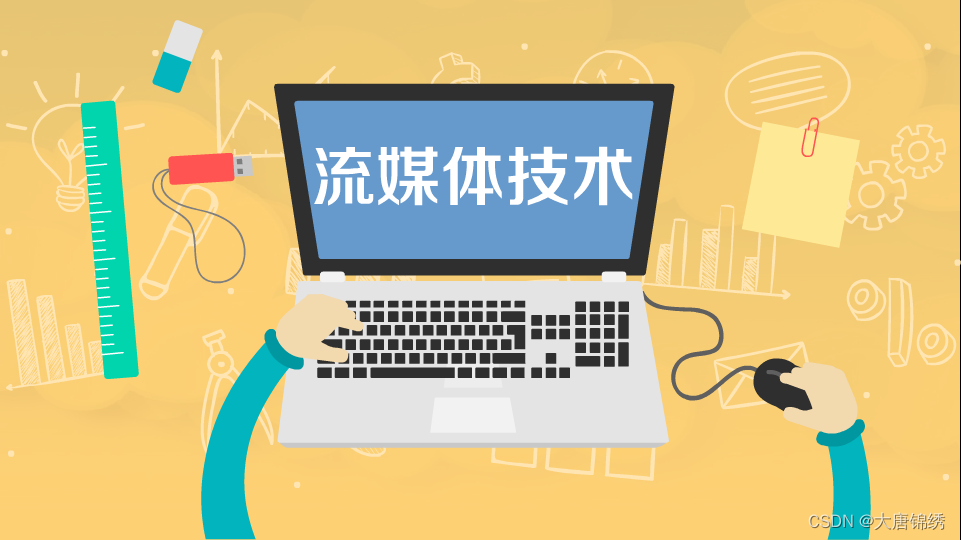

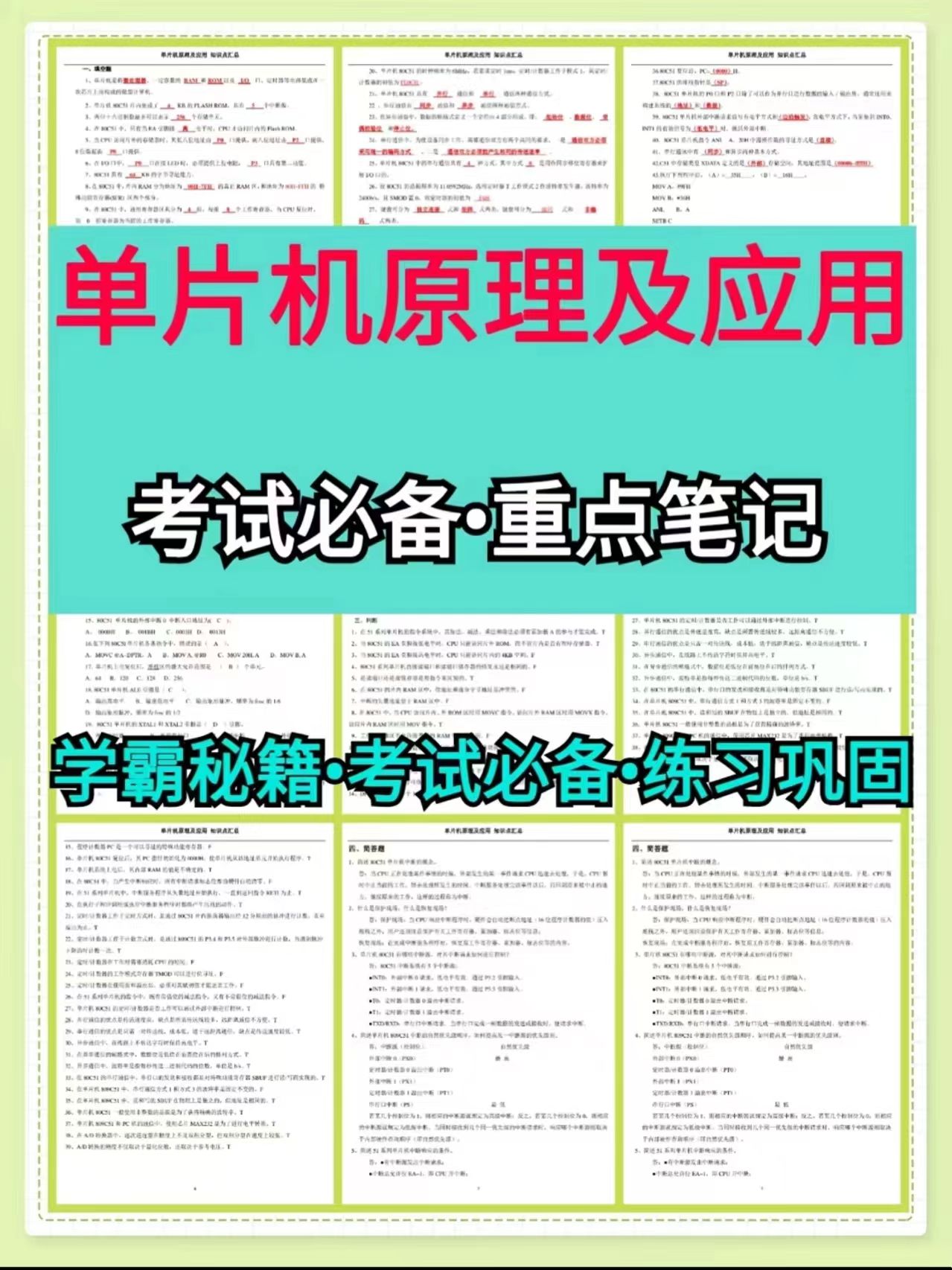
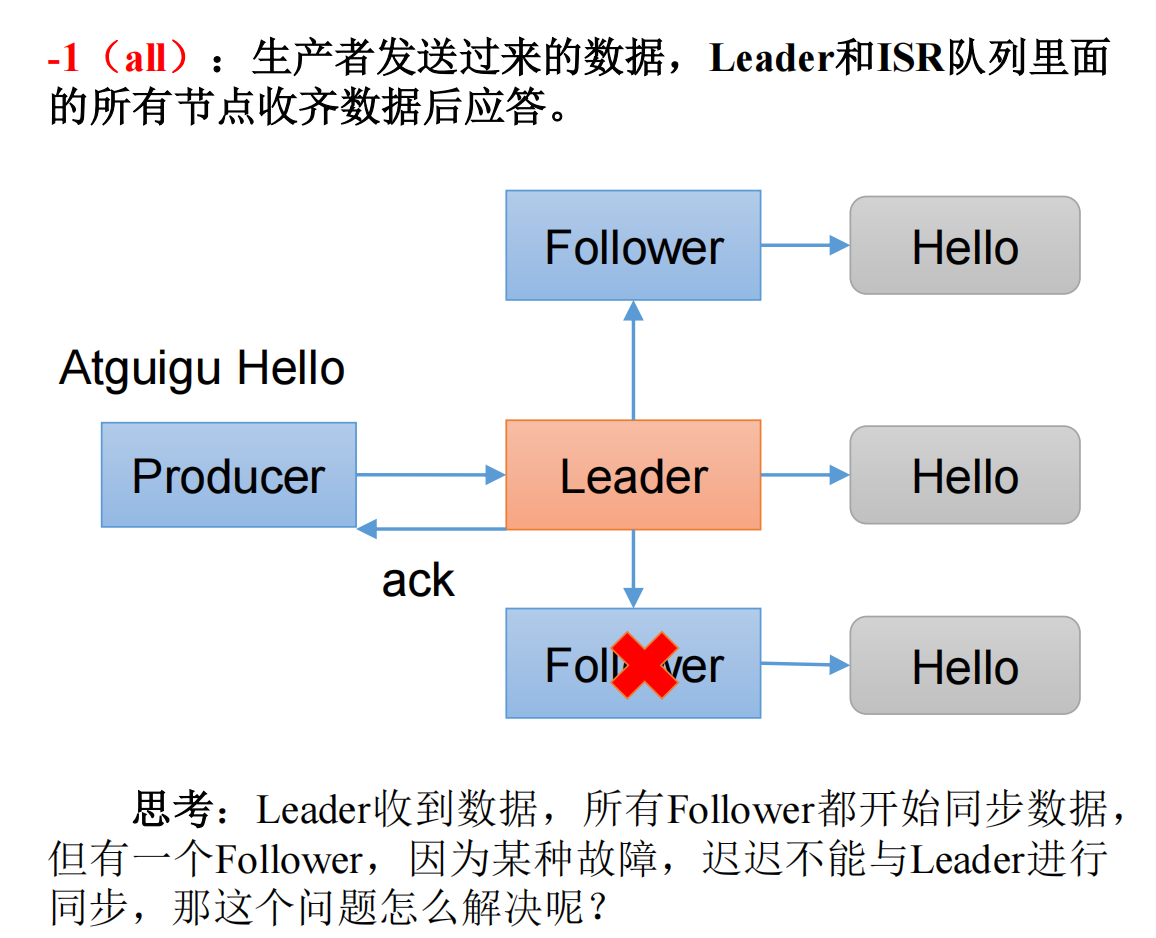
![[C++] vector list 等容器的迭代器失效问题](https://img-blog.csdnimg.cn/direct/56ce869c0374425a9e0cafbf8d9971a9.png)

